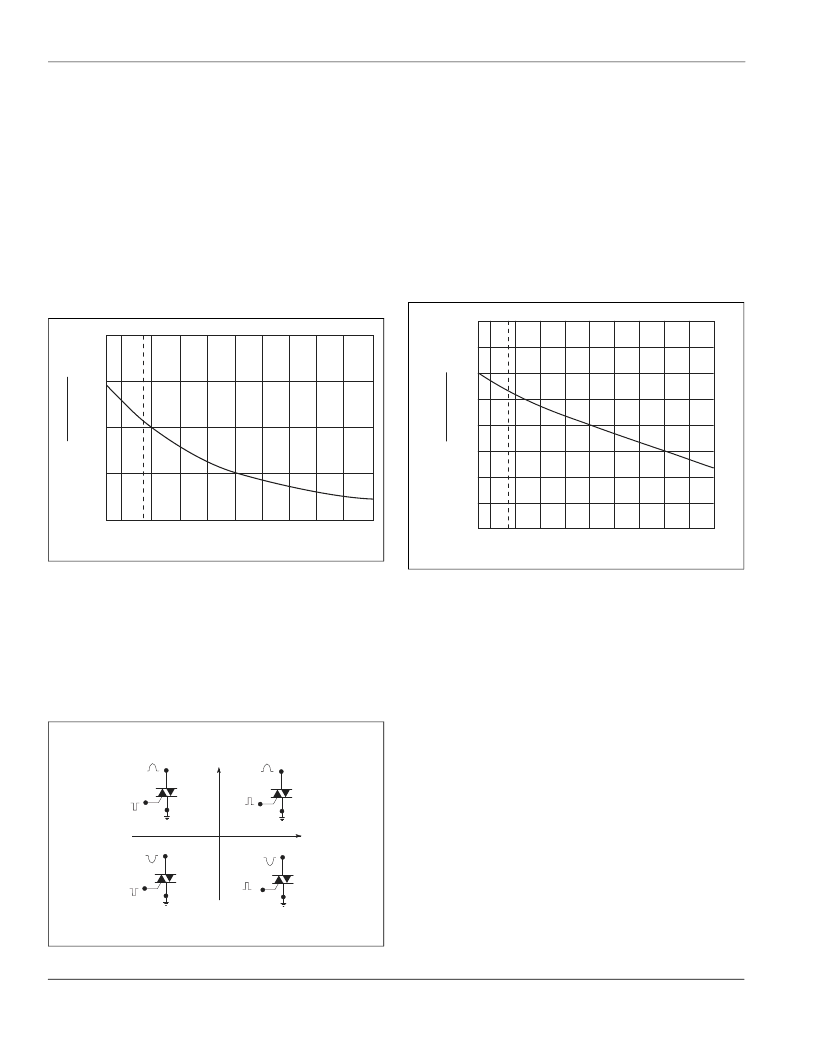- 您現(xiàn)在的位置:買賣IC網(wǎng) > PDF目錄369509 > BT137SERIESE Transient Voltage Suppressor Diodes PDF資料下載
參數(shù)資料
| 型號: | BT137SERIESE |
| 元件分類: | TVS-瞬態(tài)抑制二極管 |
| 英文描述: | Transient Voltage Suppressor Diodes |
| 中文描述: | 雙向敏感門 |
| 文件頁數(shù): | 182/224頁 |
| 文件大小: | 2697K |
| 代理商: | BT137SERIESE |
第1頁第2頁第3頁第4頁第5頁第6頁第7頁第8頁第9頁第10頁第11頁第12頁第13頁第14頁第15頁第16頁第17頁第18頁第19頁第20頁第21頁第22頁第23頁第24頁第25頁第26頁第27頁第28頁第29頁第30頁第31頁第32頁第33頁第34頁第35頁第36頁第37頁第38頁第39頁第40頁第41頁第42頁第43頁第44頁第45頁第46頁第47頁第48頁第49頁第50頁第51頁第52頁第53頁第54頁第55頁第56頁第57頁第58頁第59頁第60頁第61頁第62頁第63頁第64頁第65頁第66頁第67頁第68頁第69頁第70頁第71頁第72頁第73頁第74頁第75頁第76頁第77頁第78頁第79頁第80頁第81頁第82頁第83頁第84頁第85頁第86頁第87頁第88頁第89頁第90頁第91頁第92頁第93頁第94頁第95頁第96頁第97頁第98頁第99頁第100頁第101頁第102頁第103頁第104頁第105頁第106頁第107頁第108頁第109頁第110頁第111頁第112頁第113頁第114頁第115頁第116頁第117頁第118頁第119頁第120頁第121頁第122頁第123頁第124頁第125頁第126頁第127頁第128頁第129頁第130頁第131頁第132頁第133頁第134頁第135頁第136頁第137頁第138頁第139頁第140頁第141頁第142頁第143頁第144頁第145頁第146頁第147頁第148頁第149頁第150頁第151頁第152頁第153頁第154頁第155頁第156頁第157頁第158頁第159頁第160頁第161頁第162頁第163頁第164頁第165頁第166頁第167頁第168頁第169頁第170頁第171頁第172頁第173頁第174頁第175頁第176頁第177頁第178頁第179頁第180頁第181頁當前第182頁第183頁第184頁第185頁第186頁第187頁第188頁第189頁第190頁第191頁第192頁第193頁第194頁第195頁第196頁第197頁第198頁第199頁第200頁第201頁第202頁第203頁第204頁第205頁第206頁第207頁第208頁第209頁第210頁第211頁第212頁第213頁第214頁第215頁第216頁第217頁第218頁第219頁第220頁第221頁第222頁第223頁第224頁

AN1008
Application Notes
http://www.teccor.com
+1 972-580-7777
AN1008 - 4
2002 Teccor Electronics
Thyristor Product Catalog
I
GT
:
DC Gate Trigger Current
SCR
I
GT
is the minimum DC gate current required to cause the thyris-
tor to switch from the non-conducting to the conducting state for
a specified load voltage and current as well as case temperature.
The characteristic curve illustrated in Figure AN1008.6 shows
that trigger current is temperature dependent. The thyristor
becomes less sensitive (requires more gate current) with
decreasing junction temperatures. The gate current should be
increased by a factor of two to five times the minimum threshold
DC trigger current for best operation. Where fast turn-on is
demanded and high di/dt is present or low temperatures are
expected, the gate pulse may be 10 times the minimum I
GT
, plus
it must be fast-rising and of sufficient duration in order to properly
turn on the thyristor.
Figure AN1008.6
Normalized DC Gate Trigger Current for All
Quadrants versus Case Temperature
Triac
The description for the SCR applies as well to the triac with the
addition that the triac can be fired in four possible modes (Figure
AN1008.7):
Quadrant I (main terminal 2 positive, gate positive)
Quadrant II (main terminal 2 positive, gate negative)
Quadrant III (main terminal 2 negative, gate negative)
Quadrant IV (main terminal 2 negative, gate positive)
Figure AN1008.7
Definition of Operating Quadrants
V
GT
: DC Gate Trigger Voltage
SCR
V
GT
is the DC gate-cathode voltage that is present just prior to
triggering when the gate current equals the DC trigger current. As
shown in the characteristic curve in Figure AN1008.8, the gate
trigger voltage is higher at lower temperatures. The gate-cathode
voltage drop can be higher than the DC trigger level if the gate is
driven by a current higher than the trigger current.
Triac
The difference in V
GT
for the SCR and the triac is that the triac
can be fired in four possible modes. The threshold trigger voltage
can be slightly different, depending on which of the four operating
modes is actually used.
Figure AN1008.8
Normalized DC Gate Trigger Voltage for All
Quadrants versus Case Temperature
I
L
: Latching Current
SCR
Latching current is the DC anode current above which the gate
signal can be withdrawn and the device stays on. It is related to,
has the same temperature dependence as, and is somewhat
greater than the DC gate trigger current. (Figure AN1008.1 and
Figure AN1008.2) Latching current is at least equal to or much
greater than the holding current, depending on the thyristor type.
Latching current is greater for fast-rise-time anode currents since
not all of the chip/die is in conduction. It is this dynamic latching
current that determines whether a device will stay on when the
gate signal is replaced with very short gate pulses. The dynamic
latching current varies with the magnitude of the gate drive cur-
rent and pulse duration. In some circuits, the anode current may
oscillate and drop back below the holding level or may even go
negative; hence, the unit may turn off and not latch if the gate sig-
nal is removed too quickly.
Triac
The description of this characteristic for the triac is the same as
for the SCR, with the addition that the triac can be latched on in
four possible modes (quadrants). Also, the required latching is
significantly different depending on which gating quadrants are
used. Figure AN1008.9 illustrates typical latching current require-
ments for the four possible quadrants of operation.
0
1.0
2.0
3.0
4.0
-65
-15
+65
+25
+125
-40
Case Temperature (T
C
) – C
R
I
G
I
G
(
C
(PMT2 POSITIVE
(NMT2 NEGATIVE
MT1
MT2
+
I
GT
REF
QII
QIII
MT1
I
GATE
MT2
REF
MT1
MT2
REF
MT1
MT2
REF
QI
QIV
ALL POLARITIES ARE REFERENCED TO MT1
(
-
)
I
GATE
(+)
I
GT
-
I
GATE
(
-
)
I
GATE
(+)
-
NOTE: Alternistors will not operate in Q IV
0
.5
1.0
1.5
2.0
-65
-15
+65
+25
+125
-40
Case Temperature (TC) – C
V
G
C
R
V
G
相關PDF資料 |
PDF描述 |
|---|---|
| BT137X_SERIES | Transient Voltage Suppressor Diodes |
| BT137X_SERIES_E | Triacs sensitive gate |
| BT136-600 | Thyristor Product Catalog |
| BT138X-500G | Banana Plug; Current Rating:15A; Color:Black; Contact Plating:Nickel; Contact Termination:Screw Terminal |
| BT138X-600G | Connector Adapter; Convert From:BNC Coaxial Jack; Convert To:Dual Banana Plugs |
相關代理商/技術參數(shù) |
參數(shù)描述 |
|---|---|
| BT137SSERIES | 制造商:PHILIPS 制造商全稱:NXP Semiconductors 功能描述:Triacs |
| BT137SSERIESD | 制造商:PHILIPS 制造商全稱:NXP Semiconductors 功能描述:Triacs logic level |
| BT137SSERIESE | 制造商:PHILIPS 制造商全稱:NXP Semiconductors 功能描述:Triacs sensitive gate |
| BT137X | 制造商:PHILIPS 制造商全稱:NXP Semiconductors 功能描述:Triacs sensitive gate |
| BT137X_SERIES | 制造商:未知廠家 制造商全稱:未知廠家 功能描述:Triacs |
發(fā)布緊急采購,3分鐘左右您將得到回復。